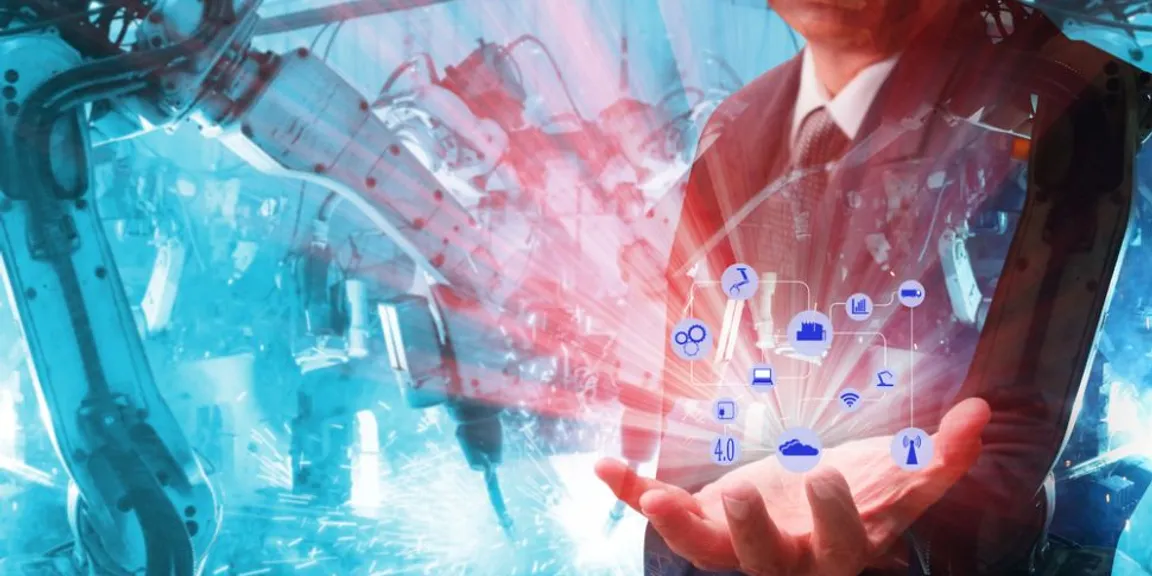

How Industry 4.0 is Changing the Transportation Industry
Introduction
Regardless of how many industrial shifts occur, transportation's role cannot be replaced. It is an important component in the transformation of a country's economy; therefore, every effort has been made to ensure effective and efficient transportation. The basic principle of transportation revolves around non-negotiable components which are economic purposes, spatial interaction, and social integration.
The term "industrial revolution" refers to a rapid change in the economy brought about by powered-driven machinery or a significant change in the current types and methods of using such machines.
The topple or abstention of the first, second, and third industrial change is replaced by fourth industrial revolution. The Fourth Industrial Revolution, widely known as “Industry 4.0” is the result of innovation, automation and sophisticated processes which resides at the root of industrial success strategies.
The industry 4.0 is based on six principles and they are interoperability, virtualization, decentralization, real time capability, service station and modularity.
Impact of Industry 4.0
The rise of Industry 4.0 has already had an impact on the way supply chain managers conduct business. As it continues to promote digitization and interoperability around the world, it will undoubtedly bring about significant changes in a variety of different supply chain operations.
Transport and logistics will undoubtedly be among the most significantly impacted processes. Historically, transportation planning has been hampered by information silos and limited IT services. However today, Industry 4.0 can help to avoid rigid, inflexible, and unadoptable plans.
“How will transportation sector look like in the Industry 4.0 era?”
Transport industry is a network that ensures successful movement of passengers, cargoes and mails from one place to another through various modes like air, water, road, rail, pipeline, and cable. This industry is made up of heterogeneous interacting sub-system working interrelated to ensure the performance.
Industry 4.0 has resulted in a significant increase in data quality and availability.
A moderate level of intra-operational visibility is already required for businesses attempting to implement more sophisticated IT solutions, but the technology that enables smart factories also contributes to end-to-end (E2E) visibility within businesses, connecting different points on the value chain into a more cohesive architecture. This improvement in data quality and transparency has a significant impact on transportation planning in the immediate wake.
Specifically, it can enable planners to create more accurate shipping and demand forecasts. More adaptable shipping and routing alternatives and respond in a quick and lithe manner to potential disruptions or bottlenecks by utilizing every information about freight capacity and warehouse usage.
Not only will increased inter- and intra-operational connectivity be a major force in reducing breakdowns and silos in the future, but it is also changing the nature of transportation logistics. The incorporation of Internet-of-Things (IoT) devices and other connected technologies into the supply chain affects how products are processed from the factory floor to their final destination.
Patrol, monitoring, and docking by robot, sensor technology, tracking and control, reliable vehicle recognition independent of orientation, parallax-free display informing drivers of a specific vehicle, passive video sensor system, sensor installation independent of the lead-in line, even possible in lateral position, video monitoring of ground areas also usable for monitoring and recording are all features of transportation technological systems.
Conclusion
As Industry 4.0 continues to promote autonomous decision making within digitized and robotic supply chain processes, transport logistics will see progressive increase in tasks taken over by machine learning and advanced analytics software.
For businesses that have the requisite infrastructure to implement these technologies, increased automation has the future to save human planners time and effort that would otherwise be spent manually adjusting shipping routes and capacity plans.
Also the use of self-driving cars will additionally improve data and machine communication within the supply chain resulting in advances in transportation planning that had barely been considered few decades ago.
The fourth industrial revolution will improve the condition of developing nations by improving the standards on building efficient and reliable transport modes as well as investing more on technology transfer which will support the local manufacturing sector and support the different sustainable development goals (SDGs).




